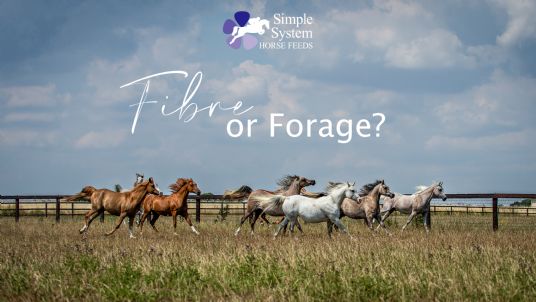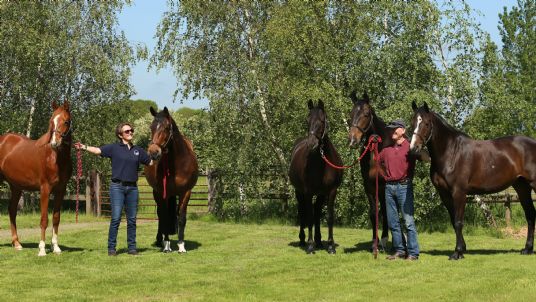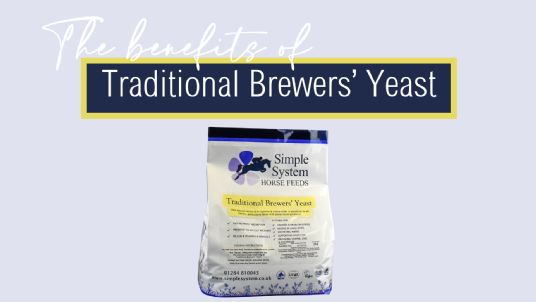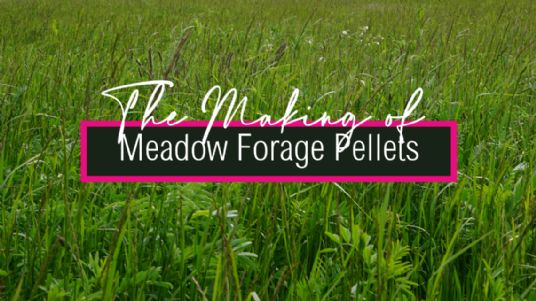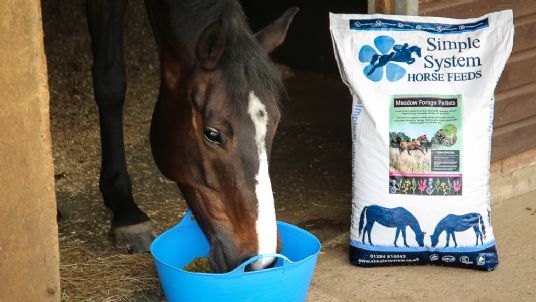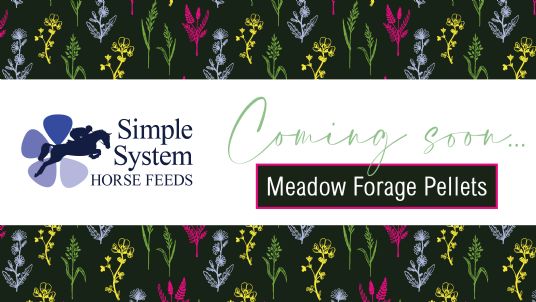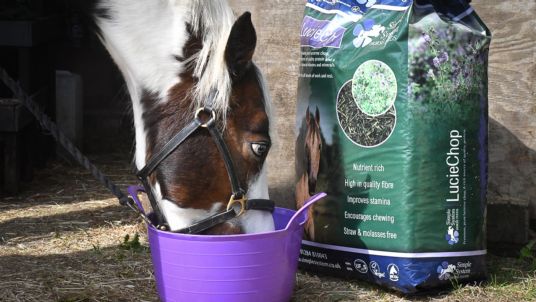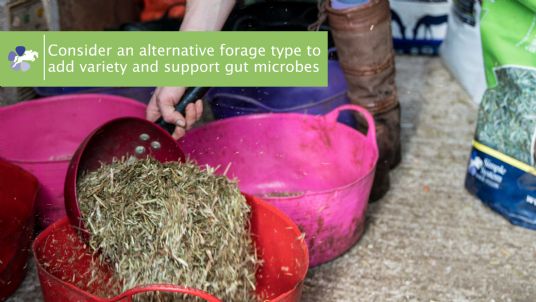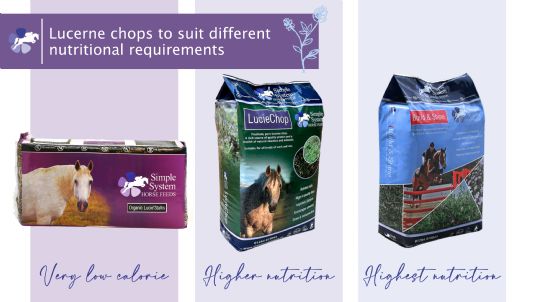Fibre or forage?
We all know horses are best served with a high fibre diet, but is all fibre the same? You’ve guessed, it isn’t!
Fibre is the structural part that holds plants together – its skeleton, if you will. The older the plant, the stronger its fibre needs to be, but the stronger it is, and as result, for the animals that eat it or try to, the less goodness can be extracted from it.
